We hope you, as a business or homeowner, find our information helpful. If you have a question, use the contact link to email R.C. White.
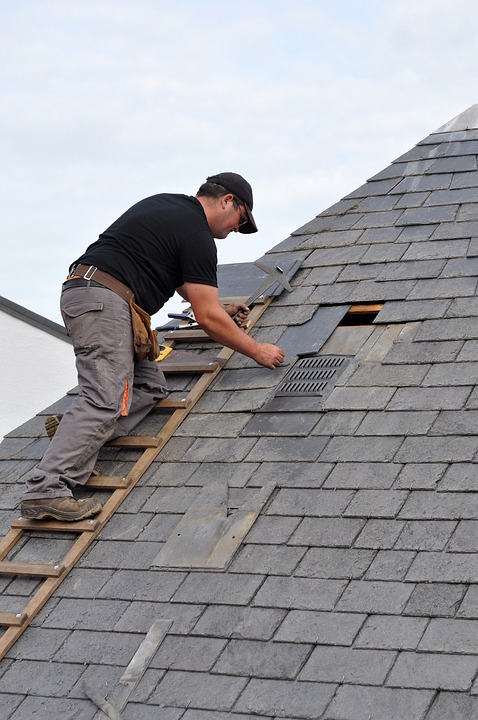
Outdoor Do-It-Yourself Safety Tips Stay off the roof! Unless you’ve done roofing work before, stay off the roof. There’s so much involved with being safe up there. Roofers make it look easy. Inexperienced people have been known to walk right off the roof… it happens. Hire professionals like RC White to do dangerous jobs. Choose the right job. Leave the big jobs to the professionals, like RC White. Don’t try fixing siding, soffits, fascia… unless you’ve learned how to do it. Do you have the physical fitness to do the job safely? Not everything is a do it yourself job. Know your limitations. Be safe with ladders. There’s so much to know… when to use them, how to use them, what size for what job… there are warnings on ladders but you need lots of information if you’re gong to use them. Read about ladder safety before going out there. If you have any issues with balance, hire someone to do the job. Read all about ladder safety at the American Ladder Institute. Learn how to use power tools correctly. They…
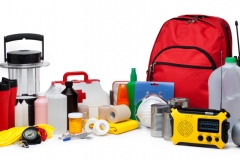
Home Emergency Kit You can create your own home emergency kit. Be prepared for a disaster or extended power outage. Store all items in a waterproof container and have it in an easy to reach place. • Radio • Flashlight • Batteries • Canned Goods & nonperishable foods • Matches • Battery Operated Clock • Gallon of drinking water per person • Blankets & Sleeping Bags • Manual Can Opener • First Aid Kit • Playing Cards • Any prescription medications
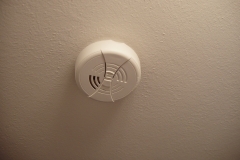
Home safety items Pictured below are ten safety items every home should have. More are listed below. INDOOR • Smoke detectors • CO2 detectors • Fire extinguisher – 1 per floor • Radon detection Kit • Sump pump • Deadbolts • no-slip shower or tub mats • non-skid mats • baby gates • stair railings • porch lights • night lights • Window guards and locks • Emergency Kit • Basement water alarm OUTDOOR • porch railings • outdoor motion detector lights • gate locks • Pool alarms • lightbulbs

Home Insurance Misconceptions Many people aren’t aware of these home insurance misconceptions. Did you know some things are not covered on your home insurance? Here are a few exclusions every homeowner should know: 30-day vacancy rule Snowbirds beware. Your home can only be vacant for 30 days without notifying your insurance company. After that, technically the homeowner coverage is void. If say your pipes burst from the cold, the damage may not be covered if the home was unoccupied. Don’t confuse vacant and unoccupied. let your insurance agent know if you plan on being away for more than a month. Antiques & Jewellery Home insurance only covers for the theft or loss of precious jewelry up to a “sub-limit” that could end up vastly undervaluing your precious items. It’s recommended you get fine jewelry and antiques appraised and purchase an extension to the policy. You will probably have to provide supporting documentation such as photographs to prove the worth of their high-valued possessions. Sewer backups…
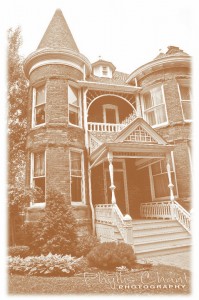
Ghosts or mould? “I ain’t ‘fraid of no ghosts!” Is your old house haunted? Think you’re seeing ghosts? It could be mould. In a recent interview with Yahoo News, Shane Rogers, a professor at Clarkson University in Potsdam, New York feels described haunting experiences are strikingly similar to the experiences described by individuals that have been exposed to toxic moulds. Rogers and his team believe that mould may possibly be causing neurological effects in people who are continually exposed. These individuals may experience anxiety, irrational fear, confusion or other related symptoms that lead them to believe in a haunting to an otherwise mundane event, such as normal building sounds. It’s been estimated that about a full third of the buildings in North America are mouldy. Science has been well aware for a very long time that mould can cause symptoms related to everything from allergies, asthma, inflammation, and infections such as sinusitis. But can they cause hallucinations? Some particularly…
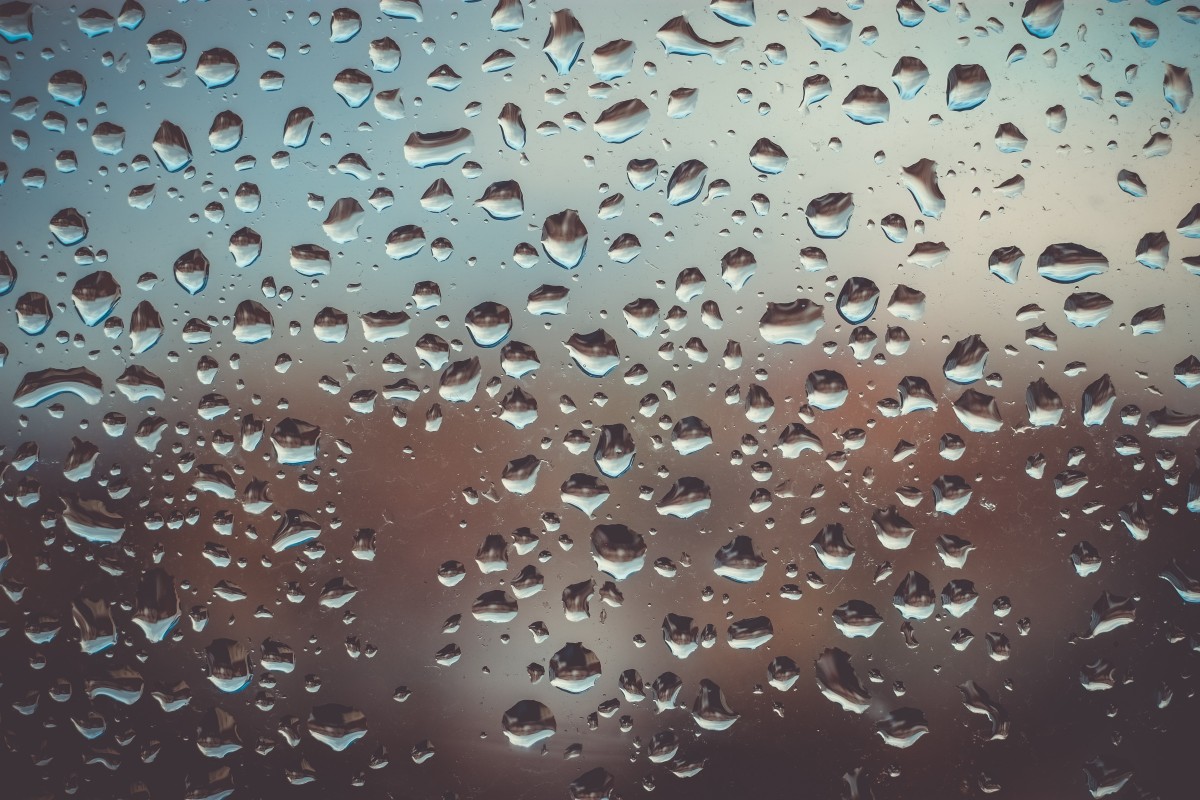
How much humidity should be inside my home? Humidity level is a measure of the amount of water vapour in the air. There are several sources of water vapour in a home. These include cooking, bathing, clothes washer and dryers, and even people and pets breathing. Generally, warmer air holds more humidity than colder air. This means when it’s warmer outside, you need to add less humidity. When is colder outside, you need to add more humidity. Here’s a chart for recommended humidity levels in the home: OUTSIDE AIR TEMPERATURE – RECOMMENDED RELATIVE HUMIDITY +40 F – 45% +30 F – 40% +20 F – 35% +10 F – 30% 0 F – 25% -10 F – 20% -20 F – 15% Humidity should general not drop below 25%. If this happens, irritation to eyes, noses and throats could occur. A good indication of low humidity is a high amount of static electricity in the home. Always keep the humidity level below 50%. At levels above 50%, microbial growth such as mould is possible. If you suspect mould in your home, contact a professional like RC White for…
